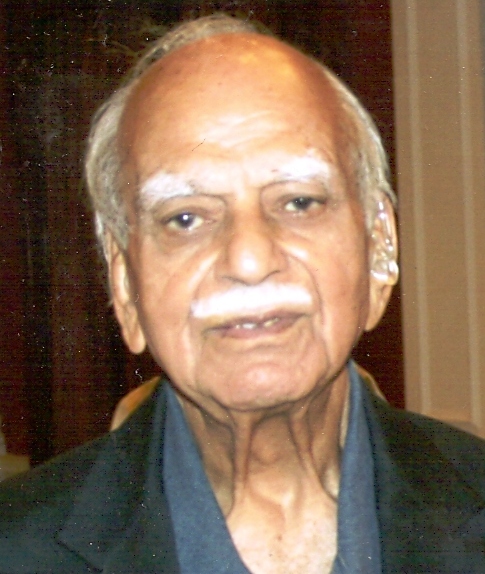
Premnath was born in 1918. He served in the Army before India became independent. Soon after Independence, he joined the Railways, where he worked for 30 years. At present he lives with his wife in Gurgaon.
I became an army officer during the Second World War when India was still under British rule. Army service was, of course, total discipline – you had to do what you were told to do.
But, what I experienced was that the man who told you what to do had traits of kindness, convictions in asking you to do what he wanted, and interacted with you in a fair and reasonable way.
After an intensive training course, I was sent to Burma (now Myanmar), which was also under British rule at that time. Here I was asked to go to the combat area to witness the service conditions - which were really tough during monsoon season in the jungles of Burma. When I returned to the base after visiting the front line areas, there was a message waiting for from my Commanding Officer to see him. I went to see him, not knowing what I was in for, but mentally prepared for any dressing down. But, he was very sweet and kind. He appreciated the effort I had put in to go round to see things on the ground, and gave me some sound words of advice.